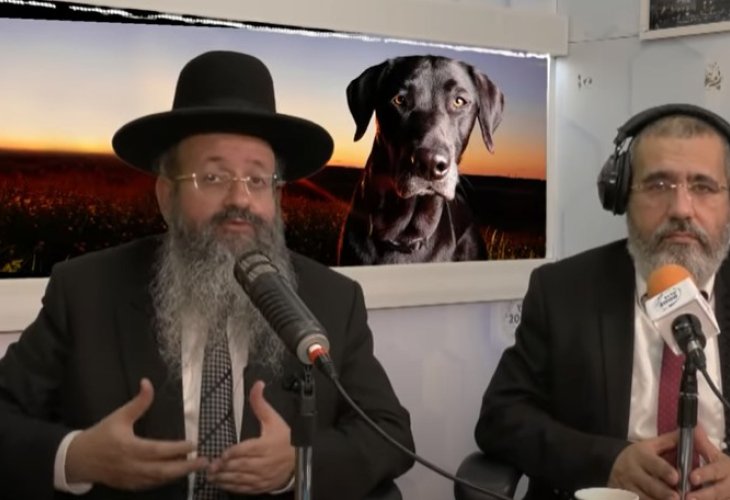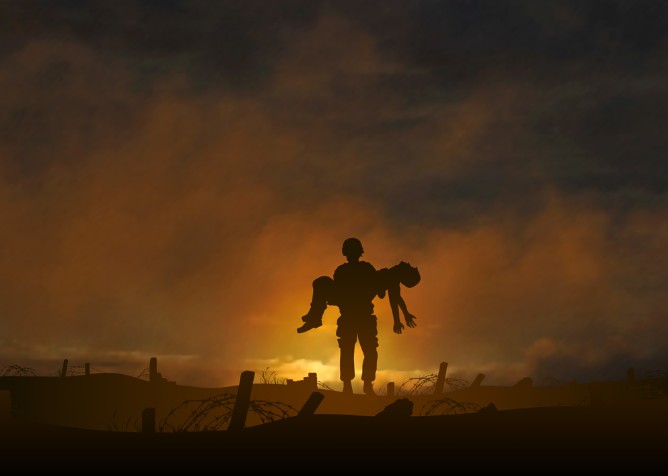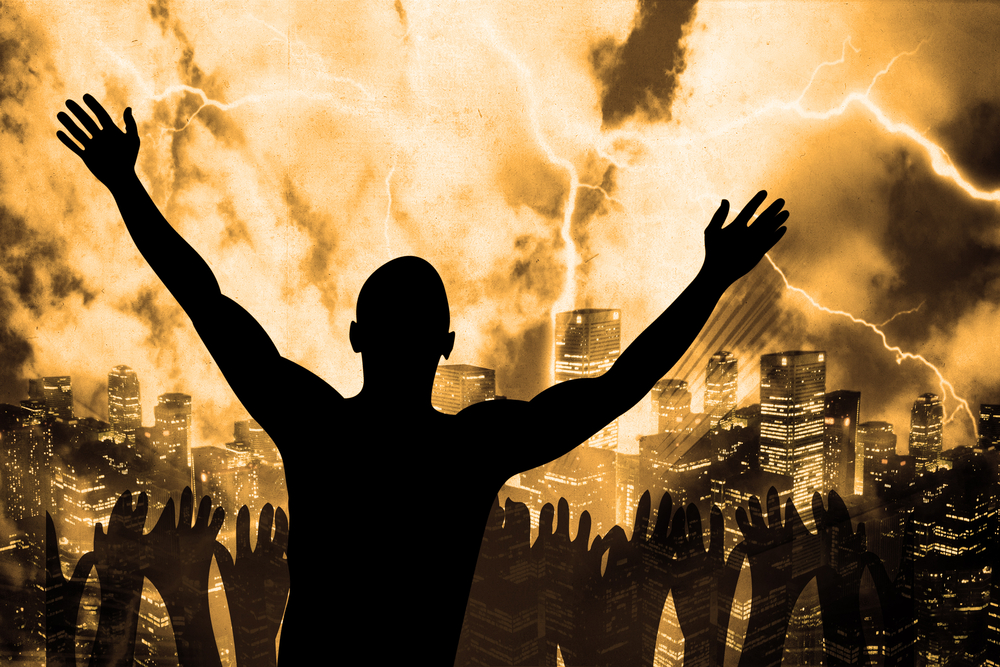The Holocaust
Righteous Among the Nations — Who They Were & How Yad Vashem Recognizes Holocaust Rescuers
A guide to the term’s religious roots, the Seven Noahide laws, Yad Vashem’s criteria, and why the 21,000 officially recognized rescuers still matter today
- Naama Green
- |Updated

1. Early rabbinic reference
The earliest echo of the idea behind “Righteous Among the Nations” appears in rabbinic literature where the phrase “righteous of the nations” (צדיקי אומות העולם) is used — “there are righteous people among the nations who have a share in the world to come.” The texts do not specify why those non-Jewish righteous people merit that share.
2. Midrashic example: Antoninus and the “righteous of the world”
The Midrash (Yalkut Shimoni) interprets the verse from Tehillim, “Your priests will wear righteousness and your pious ones will shout for joy,” to mean that some worldly rulers can act as priests of God — for example Antoninus and his associates. Antoninus was a Roman emperor; Talmudic and midrashic sources recount stories about his close relationship with Rabbi Yehuda HaNasi.
3. Maimonides and the phrase “chasidei olam” (pious of the world)
Maimonides (the Rambam) is the one who fixed the formulation “chasidei ha-olam” (pious people of the world) in Jewish legal literature: “And so the pious of the world have a share in the world to come.” According to Rambam, these are people who accept and observe the Seven Noahide Laws. He writes that one who accepts those seven laws and is careful to observe them is considered among the pious of the nations and has a share in the world to come — especially if they follow them because God commanded them and revealed this through Moshe that the children of Noach were originally commanded these laws.
The Seven Noahide Laws include: prohibition of idolatry, commandment to acknowledge God, prohibition of bloodshed, prohibition of forbidden sexual relations, prohibition of theft, prohibition of eating flesh taken from a living animal, and establishing courts of justice. These are the rules expected of non-Jews who wish to draw close to moral and religious standards of Judaism without converting.
4. Menasseh Ben Israel on souls and “righteous gentiles”
In a different vein, Rabbi Menasseh Ben Israel (in Nishmat Chaim) writes about reincarnation of souls. He suggests that the reincarnation of a Jewish soul in a non-Jew — if that non-Jew is a righteous gentile — is not necessarily a punishment, offering an additional classical source that treats the category with nuance.
 (Photo: shutterstock)
(Photo: shutterstock)5. Contemporary usage: the Holocaust rescuers and Yad Vashem
Today, the phrase is used to describe non-Jews who risked their lives to save Jews during the Holocaust. The term as an institutional honor was coined and is administered by Yad Vashem (Israel’s Holocaust memorial). Yad Vashem grants the title “Righteous Among the Nations,” but questions about spiritual reward (e.g., “share in the world to come”) remain matters of religious belief and are not part of the secular recognition.
6. Moral value and the duty to remember gratitude
The “Righteous Among the Nations” displayed real self-sacrifice to protect our people. Jewish tradition emphasizes gratitude even to the inanimate (as a biblical lesson), so all the more should we remember people who protected Jews during years of terror. The duty to honor rescuers is a moral imperative that survives historical tragedy.
7. Why we don’t know the full number of rescuers
We don’t know the exact number of rescuers because many were caught and executed by the Germans — for example Joop Westerweel (Dutch resistance) who helped smuggle Jewish children, or the Italian editor Eduardo Pucerini who arranged escapes to neutral Switzerland but was arrested and executed, leaving a widow and seven children. Many rescuers were anonymous: individuals not affiliated with organized groups who hid Jews in their homes, were discovered and executed along with those they sheltered. Those stories often left no formal record.
8. The unknown scale of saved lives and unnamed rescuers
It is very difficult to determine exactly how many Holocaust survivors owe their lives to non-Jewish rescuers. Many rescuers and survivors have since died; many survivors who could have testified about their rescuers perished and thus never documented those deeds; some rescuers insisted on remaining anonymous after the war. As a result, the historical record is incomplete and many acts of rescue remain undocumented.
 (Photo: shutterstock)
(Photo: shutterstock)9. Unrecognized rescues and the difficulty of commemoration
There were rescue acts that went unrecognized because they were not submitted to Yad Vashem. Dealing with painful memories is an enormous burden for survivors; some never approached Yad Vashem to nominate their rescuers, others died before they could do so, or never learned that such recognition existed. Some brave deeds were therefore never officially recorded.
10. Official recognition to date — 21,000 Righteous
To date, Yad Vashem has recognized 21,000 non-Jews as “Righteous Among the Nations” — people who risked their lives, security and social standing to save Jews. This number is strikingly small relative to Europe’s population before WWII (around 500 million). For example, prewar Poland had roughly 33 million inhabitants and a Jewish population of about 3,250,000 — yet only 5,941 Poles have been recognized as Righteous. That relative scarcity makes the moral value of each rescuer even greater: they stood out as one from a city, two from a family, among millions. The fact that so many others remained indifferent or actively hostile underlines the singular moral courage of those who acted.
The term “Righteous Among the Nations” has roots in religious literature but today functions primarily as a historical and moral recognition, administered by Yad Vashem, honoring non-Jews who risked everything to rescue Jews during the Holocaust. The documented number is substantial and deeply meaningful, but necessarily incomplete. Remembering them is both a moral duty and a vital part of Holocaust memory: their actions show how individual courage and conscience can make the difference between life and death.

